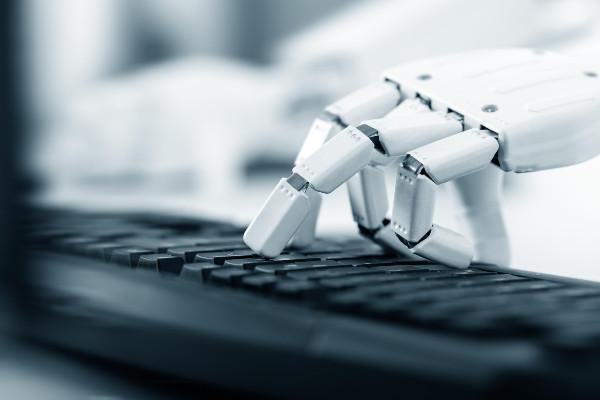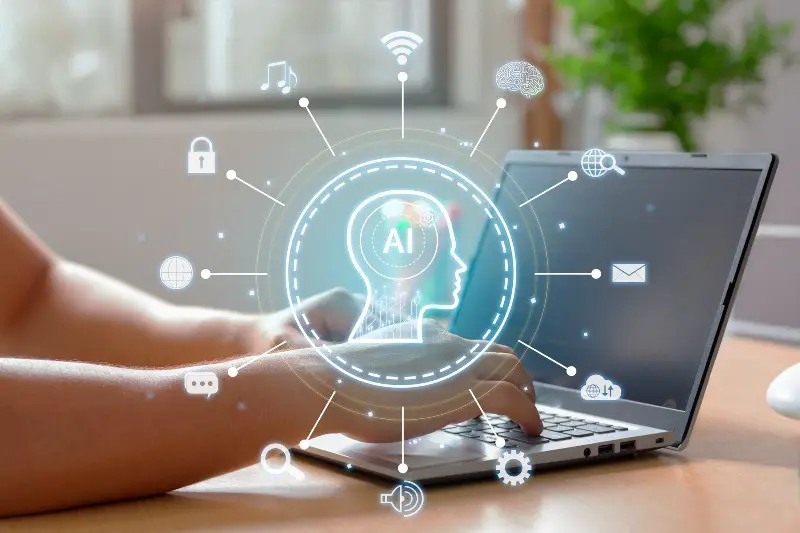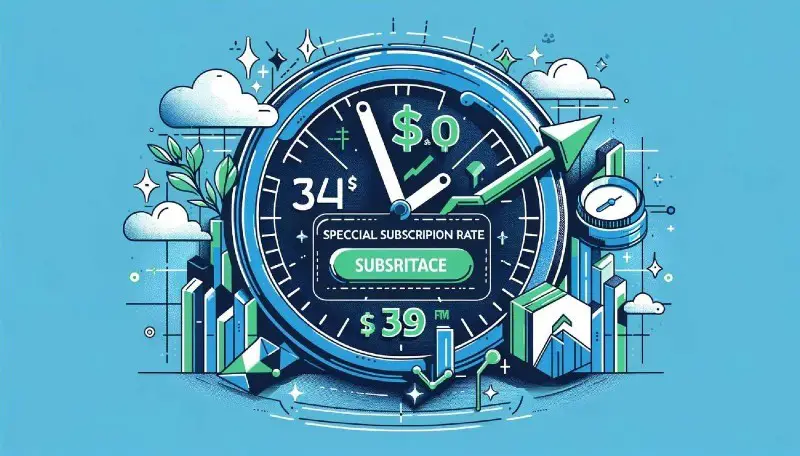The intersection of artificial intelligence and environmental science holds the promise of monumental change. With the mounting concerns of climate change, deforestation, pollution, and the need for sustainable practices, AI is now at the frontline, providing critical tools to address these global environmental issues. This post explores how AI is revolutionizing environmental science, from climate change analysis and conservation to sustainability and combating climate change.
The Role of AI in Climate Change Analysis
Artificial intelligence offers significant capabilities for understanding and responding to climate change. AI algorithms excel at managing complex systems, making it possible to sift through the myriad of variables involved in climate models, helping to refine our predictions and responses to future climate scenarios.
Microsoft’s AI for Earth program, for example, has been leveraging machine learning to provide scientists with the tools they need to track, model, and combat climate change. One of its notable initiatives involves using AI to generate more accurate climate predictions by analyzing large datasets from climate simulations.
Meanwhile, Google’s DeepMind is also taking steps towards using AI to predict the energy output of wind farms. By accurately forecasting the power output, the company can sell this energy to the grid at optimal times, ensuring efficient utilization and reducing wasted energy.
How AI is Contributing to Environmental Science
AI’s contribution to environmental science extends beyond climate change. It’s being used to track deforestation, monitor wildlife, predict natural disasters, and even identify and classify various types of plastic waste for recycling purposes.
The Rainforest Connection, a San Francisco-based non-profit, is using AI to combat deforestation in real-time. By installing solar-powered phones in trees to record and send the sound of chainsaws to the cloud, AI is used to analyze this data and send alerts to local authorities when illegal logging is detected.
Moreover, a partnership between Intel and the National Geographic Society has led to the development of the TrailGuard AI camera, which uses AI to help detect poachers in Africa’s reserves. The AI-powered camera is trained to recognize humans and vehicles, and it sends real-time alerts to park rangers whenever such activity is detected, helping to curb illegal hunting activities.
AI in Conservation: Protecting Biodiversity
AI’s role in conservation is growing, aiding in the protection of biodiversity by tracking animal populations, detecting threats, and guiding policy and management decisions. AI can analyze vast amounts of data collected from drones, satellites, and camera traps, recognizing patterns and trends that would be impossible for humans to discern.
In an intriguing initiative, the Lindbergh Foundation’s Air Shepherd program uses AI and drone technology to fight elephant and rhino poaching in Africa. AI algorithms analyze historical data to predict poaching risk while drones are deployed to the predicted areas, allowing rangers to intercept and prevent poaching activities.
Another application is the use of AI in analyzing underwater audio recordings to monitor marine life. A project by Dalhousie University, for instance, uses AI to identify and track endangered North Atlantic right whales. The AI system processes millions of audio recordings, identifying whale calls and helping scientists track and protect these creatures.
AI and Sustainability: A New Perspective
AI’s potential in fostering sustainability is vast, with its applications ranging from optimizing energy usage in buildings to creating smarter, more efficient agriculture practices. By interpreting complex datasets, AI can reveal insights into how we can live and work more sustainably.
Google has applied machine learning to reduce the energy needed for cooling its data centers by 40%. The AI system optimized the data center’s energy use by predicting the future temperature and pressure of the data center up to an hour in advance, enabling the system to utilize the cooling systems more effectively.
In agriculture, AI is being used to create more sustainable farming practices. Companies like Blue River Technology have developed AI-driven machinery that can identify and make management decisions about every single plant in a field. This level of precision allows farmers to use fewer resources and reduce their environmental impact.
How might AI-based tools impact the future job market for tax preparation professionals?
Step into the fascinating world of the present, where artificial intelligence (AI) is not a distant dream, but a thrilling reality. Experience the seamless integration of AI in your everyday gadgets – your smartwatch, the intuitive smart speaker, the diligent security alarm, or the customer service chat box – all are manifestations of the awe-inspiring AI technology. Curious about the behind-the-scenes of AI creation? Pondering if AI is actually real? The enlightening ‘Artificial Intelligence For Dummies’ has all the answers you seek.
Commencing with a fundamental understanding of AI, this reference demystifies the intricate topic of AI for you. From the usage of data, algorithms, to the specialized hardware, the book is an easy-to-understand guide to the universe of AI that breathes life into the devices you simply can’t do without.
Here’s what the book promises to offer:
- Debunk the hyperbole surrounding artificial intelligence and get a true picture
- Delve into the astonishing capabilities of AI and learn about its boundaries
- Learn how AI accelerates data collection and analysis, enabling faster, informed decisions
- Explore how AI breathes life into hardware applications such as drones, robots, and vehicles
- Discover the potential applications of AI in diverse fields like space, medicine, and communication that are on the horizon
It’s worth noting that nearly 80% of the devices you interact with on a daily basis rely on some form of AI. While you don’t need to understand AI to use your smart speaker or engage with a bot, possessing knowledge about its inner workings will undoubtedly make you feel smarter. So, why wait? Grab this accessible guide today and unravel the captivating secrets of AI!
How AI is Helping to Combat Climate Change
Artificial intelligence plays a key role in our fight against climate change, offering solutions in renewable energy, carbon capture, and climate modeling. AI is enabling us to design more efficient renewable energy systems, optimize energy consumption, and even predict and adapt to changes in the climate.
One standout project is IBM’s Green Horizon Project, which uses AI to make accurate air quality forecasts and provides decision-makers with strategies to improve air quality, such as adjusting the production at factories or rerouting traffic in real-time.
Similarly, Climeworks, a Swiss-based company, has developed an AI-powered device that can capture CO2 directly from the air, potentially helping to reduce our carbon footprint. The AI system optimizes the device’s performance, adjusting its operations based on weather conditions and power availability.
In conclusion, the interplay of AI and environmental science is already yielding extraordinary results. Whether it’s refining climate models, tracking illegal deforestation, protecting endangered species, or enhancing sustainable practices, AI is offering innovative solutions to our most pressing environmental challenges. While these advancements are exciting, it’s important to remember that technology alone can’t solve all our environmental problems. We also need robust policies and regulations that guide the use of AI towards the most impactful, equitable, and ethical outcomes.
As we continue to explore and invest in AI’s potential, we should strive for a future where AI is not just a tool for environmental conservation, but an ally. The challenges are daunting, but with the power of AI and a collective commitment to our planet, we are well-equipped to face them.
Artificial Intelligence and Deep Learning with Python
Are you wearied by deep learning resources that don’t clarify every single line of code? “Artificial Intelligence and Deep Learning with Python” revolutionizes the way deep learning, AI, and Python are introduced to beginners. The author draws an insightful analogy, equating a computer language with any other language, asserting that understanding every component of a sentence or a line of code is vital to generate novel ones. Unlike other resources claiming to be for “beginners”, this book stands out by dissecting and explaining every line of code.
There’s nothing more perplexing than encountering an unexplained line of code after an initially well-explained one. This book ensures a seamless learning journey with comprehensive explanations for each line of code in every project discussed, along with detailed insights into deep learning and AI concepts. Whether you’re a Python novice or a seasoned programmer, this book will guide you through the intriguing applications of Python in diverse AI and deep learning projects.
You’ll dive into captivating projects and topics, including:
- Deep learning applications in audio/music and voice recognition
- Neural network implementations with image files
- Creating an algorithm for predicting stock prices
- Applying AI through Thompson sampling
- Using deep learning for crime statistic predictions
- Binary classification with neural networks
- Building a Convolutional Neural Network (CNN) for your image files
- Teaching your computer to “read” and “comprehend” the English language
- SQL integration with neural networks
About the author: Steven D’Ascoli, an adjunct professor at St. John’s University, is renowned for his multi-disciplinary expertise.

Navigating the Convergence: Artificial Intelligence and the Legal Sphere
Artificial Intelligence (AI) has transformed multiple sectors, including the field of law. This blog post delves into the legal aspects of AI, the regulatory landscape, and AI’s role in legal practice. It also explores AI’s impact on privacy law and the ethical quandaries it presents. A comprehensive look at the intriguing intersection of AI and law.





